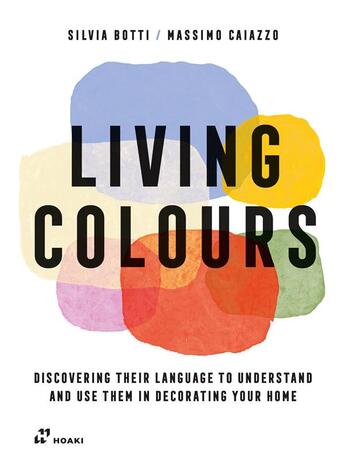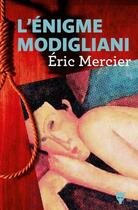-
Date de parution : 15/09/2023
-
Editeur :
Hoaki
-
EAN : 9788419220370
-
Série :
(-)
-
Support :
Papier
Résumé:
The great mystery of color explaine using the kowledge we have from history to science, from art to psychology.
Why does the color catch our attention and fascinate us until seducing us? The answer is easy: because it is mysterious. Speaking of color means taking note of its enigmatic... Voir plus
The great mystery of color explaine using the kowledge we have from history to science, from art to psychology.
Why does the color catch our attention and fascinate us until seducing us? The answer is easy: because it is mysterious. Speaking of color means taking note of its enigmatic nature, of the inexplicable process of sublimation that through the centuries has made it ritual, memory, symbol, emotion. From a physiological and psychological point of view, our reactions to chromatic stimuli are complex. And if in recent decades colors seemed to have disappeared from our homes, today the interior is pervaded by bright and expressive colors, a powerful use of color on surfaces, accessories and accessories. Because colors arouse emotions, unconscious reactions, assume personal and collective meanings, and a colorful environment can positively or negatively affect our psychophysical well-being.
Color is an extraordinary strategy of nature, a formidable means of information related to the survival of living beings. In the history of humanity, it has been the subject of studies and fascinations, which have given birth to a world of myths, mysteries and curiosities. Yet color is also linked to a technological and scientific universe of great value linked closely to the universe of living. It is no coincidence that the explosion of new opportunities and decorative technologies or new applications has taken over a dizzying rise of color, driven by the desire to change, the need to create an ideal environment.
This book tries to tell both the color as history and mystery, both as a technical application, revealing origins and secrets, providing tools, a few easy rules, practical tips and creative ideas. In order to put the magic of color into practice in a project or just to treasure it and finally understand why in some environments we are just fine and in others we feel uncomfortable.
Donner votre avis














